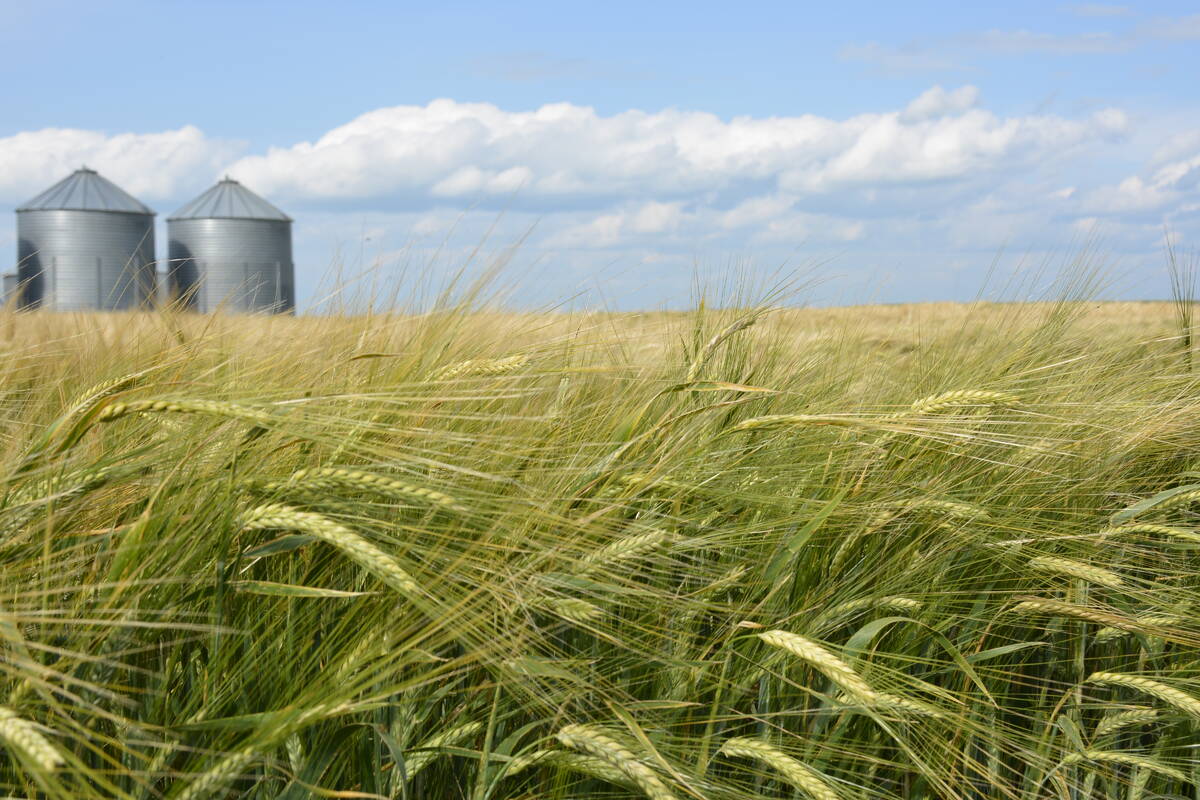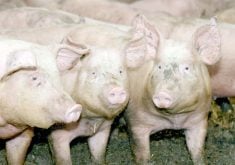The University of Saskatchewan will host two projects to research the prevention and transmission of chronic wasting disease.
PrioNet Canada, a network of cent re s of excellence studying the impacts of transmissible spongiform encephalopathies such as CWD, BSE, scrapie and Creutzfeldt-Jakob disease, provided the funding.
The two projects are among 11 that will receive $2.9 million from PrioNet to support 55 researchers for ongoing prion-related studies.
Ryan Brook of the University of Saskatchewan will examine the transmission of CWD between white-tailed deer and elk.
He will work with six researchers from Alberta, Saskatchewan and Manitoba to track elk and deer populations in Manitoba and Saskatchewan and look at the potential for overlap of disease between the two species.
Read Also

StatCan stands by its model-based crop forecast
Statistics Canada’s model-based production estimates are under scrutiny, but agency says it is confident in the results.
The information will help researchers who are working on an oral vaccine for wildlife.
Scott Napper, a research scientist with the Vaccine and Infectious Disease Organization, said knowing where the animals are and where they tend to feed will make distribution easier.
The vaccine project is a collaboration among nine other researchers at the U of S and University of British Columbia.
Napper said researchers have already developed an injectable vaccine and are testing it on newborn sheep with good results.
The injection appears to be effective against prion related diseases, but researchers are still investigating at what age animals should receive it and if boosters are required to provide a long, sustained immune response.
“We suspect it will be in the younger animals that are more susceptible to contracting prion disease,” he said. “We want to get them as young as possible.”
The plan is to vaccinate one group of deer and compare results against a control group of unvaccinated animals. They will all be infected with CWD to test the vaccine’s efficacy.
However, delivering an oral vaccine to wild animals could be a greater challenge. The animals have to eat it and the vaccine must remain stable under various weather conditions.
A similar vaccine could eventually be given to domestic livestock because the disease-causing protein is the same across species.
Studying TSEs is a challenge because it takes so long for symptoms to appear.
CWD has two stages where infected animals shed prions in their feces, urine, mucus and saliva. The second stage affects the brain and visible symptoms appear.
Carcasses of wild infected animals decompose and could contaminate the surrounding soil. The infected protein is stable and can survive for decades. Predators feeding off the carcass could also spread it.
“Once you have an environmental contamination, it is very difficult to get rid of it,” Napper said.
The researchers will also talk with their American counterparts who want to test the vaccine.
CWD appears to be primarily a North American disease, but Napper suspects it could be more widespread among cervid populations in other parts of the world.
“It is a matter of how hard you are looking for it. I would suspect any country that has a lot of cervids present probably has it. Whether they are looking for it is the question,” he said.
It is difficult to trace the disease’s history, and researchers still do not know what triggers proteins to become infectious. However, they know the same protein is responsible for TSEs found in many species.
“It all relates back to the same protein and the same misfolding event, but the specific pathology within each species is a bit different,” he said.
———
access=subscriber section=news, none, none

















